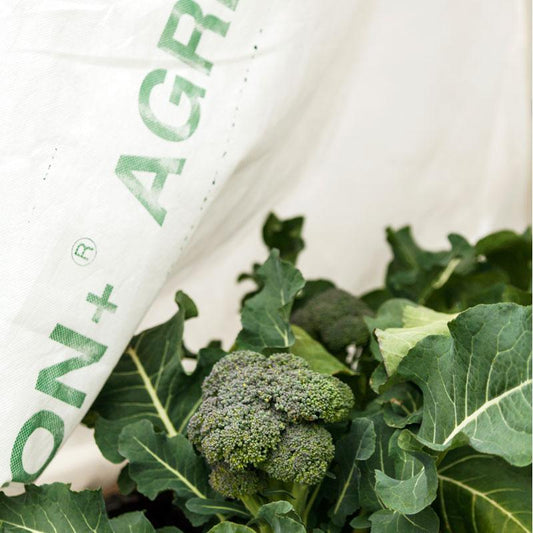In this video, Tricia shows you how to plant vegetable starts in your organic garden.
How to Successfully Plant Transplants in Your Garden
Transplanting is a crucial technique for growing long-season crops like tomatoes and peppers, especially in most parts of the U.S. It can also help you achieve an earlier harvest and reduce seedling loss. Here's a step-by-step guide to ensure successful transplanting.
Preparing Your Transplants
Before moving your plants to the garden, harden them off over a week. Gradually expose seedlings to the outdoors by placing them in a shady location for a couple of hours and increasing their time outside each day.
- Avoid fertilizing during the hardening-off period.
- Gradually reduce watering, but don’t let them wilt.
If you’re purchasing transplants from a nursery, look for healthy green leaves, avoid root-bound plants with roots sticking out of the drainage hole, and inspect the undersides of leaves for pests like whiteflies or aphids.
Choosing the Right Transplants
Certain plants, like tomatoes, peppers, and eggplants, thrive as transplants. While trickier, crops like squash, cucumbers, and chard can also do well with proper care. Root vegetables, beans, and corn are less suited for transplanting unless grown in blocks, peat pots, or peat pellets that can be planted directly into the soil.
Best Practices for Transplanting
- Timing: Transplant on a cloudy day or late afternoon to reduce stress on the plants.
- Planting: Dig a hole twice the size of the plant's roots and disturb the roots as little as possible. For soil blocks or peat pots, plant them directly in the ground.
- Watering: Use a high-phosphorus starter fertilizer like a fish and kelp combo to nourish the plant and reduce transplant shock.
Protecting Your Transplants
- Shade seedlings with a pot for a day or so to help them adjust.
- Use floating row covers like Agribon AG-19 for frost protection and pest control, removing them when the plants flower.
- Install cutworm shields for added protection during the initial weeks.
With proper preparation and care, you can give your transplants the best start for a thriving garden. Grow organic and enjoy the rewards of healthy, homegrown produce!


